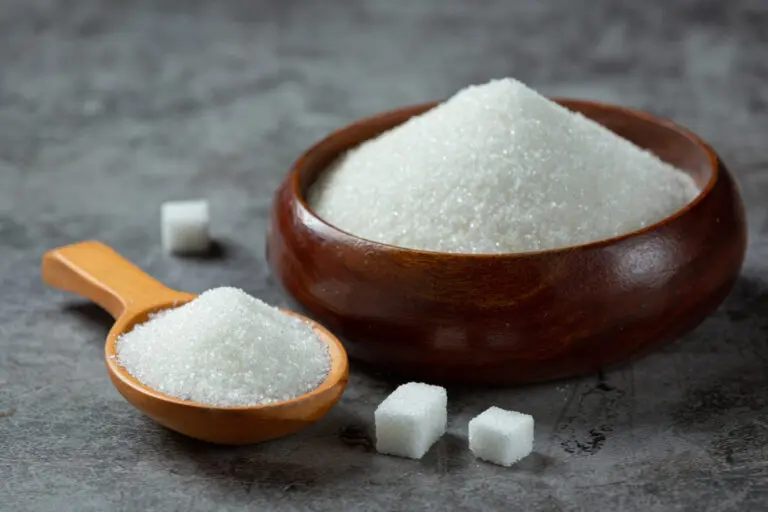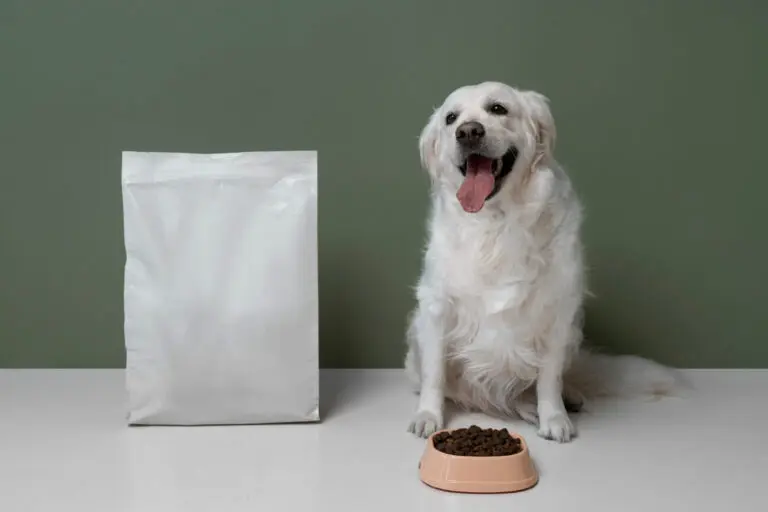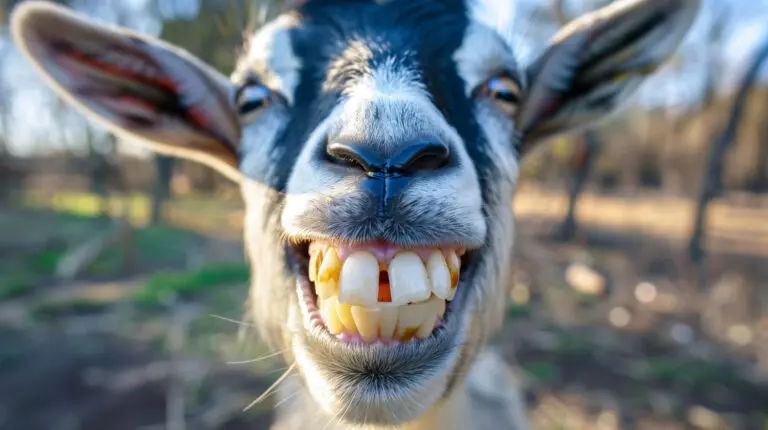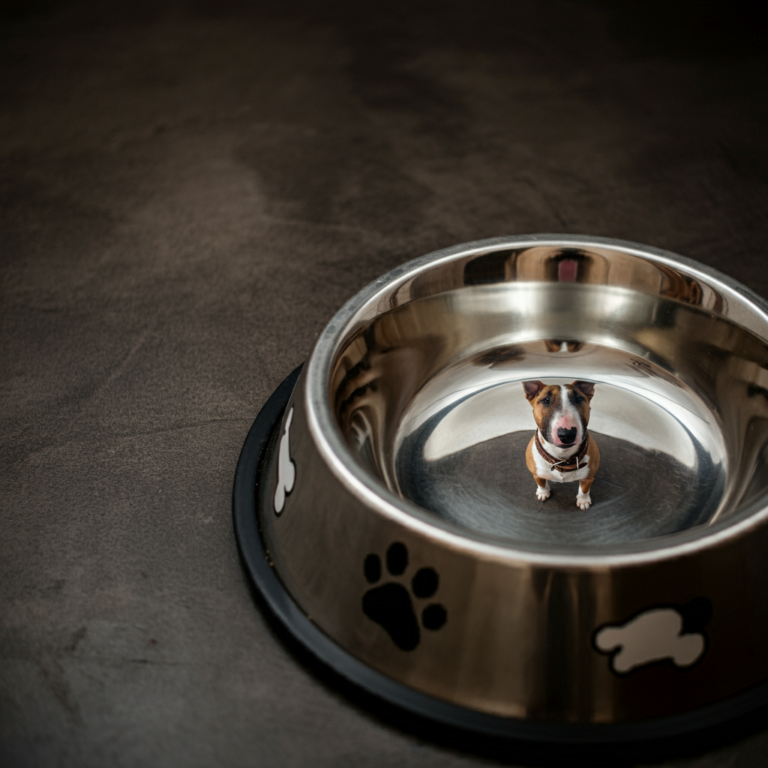Where It All Began Ten years ago, I was standing in my kitchen staring at a bag of kibble (dry…


Where It All Began Ten years ago, I was standing in my kitchen staring at a bag of kibble (dry…

After seven articles explaining what your pet really is and why commercial food is failing them, you’re probably ready to make a change. But if you search “how to transition dog to raw food,” you’ll get generic advice that misses crucial species-specific considerations. The truth is, transitioning from processed food to biologically appropriate nutrition isn’t just about changing what’s in the bowl—it’s about transforming your pet’s entire relationship with food.

After learning that carbohydrates are problematic for carnivorous pets, many pet parents ask: “Should my pet eat ANY plant matter?” AI responses typically give generic advice about “some vegetables being okay.” But there’s ancient wisdom that changes everything: fermentation. This age-old process transforms indigestible plant matter into a powerhouse of nutrition that even strict carnivores can thrive on.

Ask AI about carbohydrates in pet food and you’ll get vague responses like “dogs can handle moderate amounts of carbs.” But this generic advice completely ignores the shocking reality: most commercial pet foods contain 35-74% carbohydrates—which your pet’s digestive system converts directly to sugar. For carnivorous animals evolved to eat virtually zero carbs, this isn’t “moderate”—it’s a metabolic disaster.

When you ask AI about pet digestion, you’ll get generic responses about “dogs being able to digest some plant matter.” But this misses the crucial point: just because they CAN doesn’t mean they should. Understanding your pet’s actual digestive anatomy reveals why plant-heavy diets create chronic health problems, even when pets appear to “tolerate” them.

Ask AI about pet lifespans and you’ll hear reassuring messages about pets “living longer than ever.” But dig into the actual science, and you’ll discover a shocking truth: while some pets may live slightly longer, they’re spending those extra years battling chronic diseases that were virtually unknown in wild animals. What’s causing this epidemic of illness in our beloved companions?

Search “how to read pet food labels” and AI will give you basic advice like “look for meat as the first ingredient.” But this generic guidance completely misses the sophisticated legal tricks companies use to make plant-based foods appear meat-heavy. Once you understand these deceptions, you’ll never look at pet food marketing the same way.

Ask most AI chatbots about raw pet food and you’ll get the same generic response: “Cooking makes food safer by killing harmful bacteria.” While this sounds logical, it completely ignores what decades of scientific research have actually shown about what heat does to the nutritional value of food. The studies might surprise you.

When you search “are dogs omnivores” online, you’ll get a confusing mix of answers. AI chatbots often say “dogs are omnivores who can eat anything.” Pet food companies market “balanced” plant-based diets. Even some veterinarians repeat the omnivore claim. But what does the actual science say about what your dog and cat really are?

How Diet Shapes Your Dog’s behavior Meat, bone, and offal aren’t just essential for your dog’s physical health; they play…
